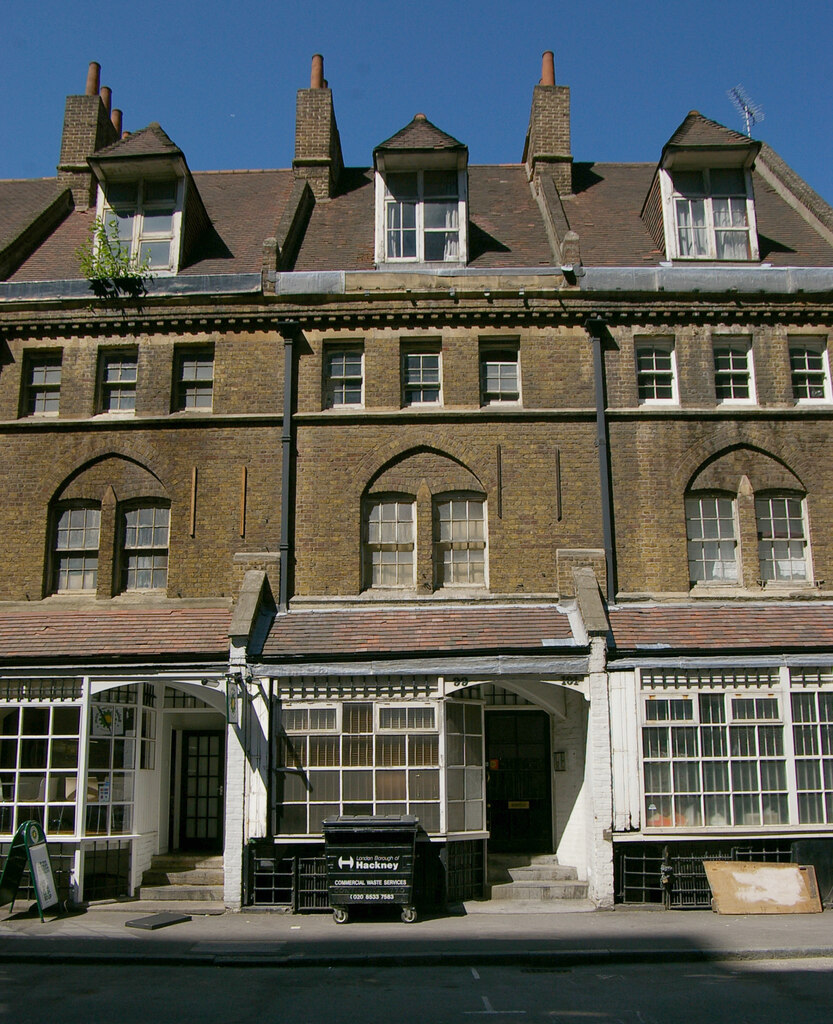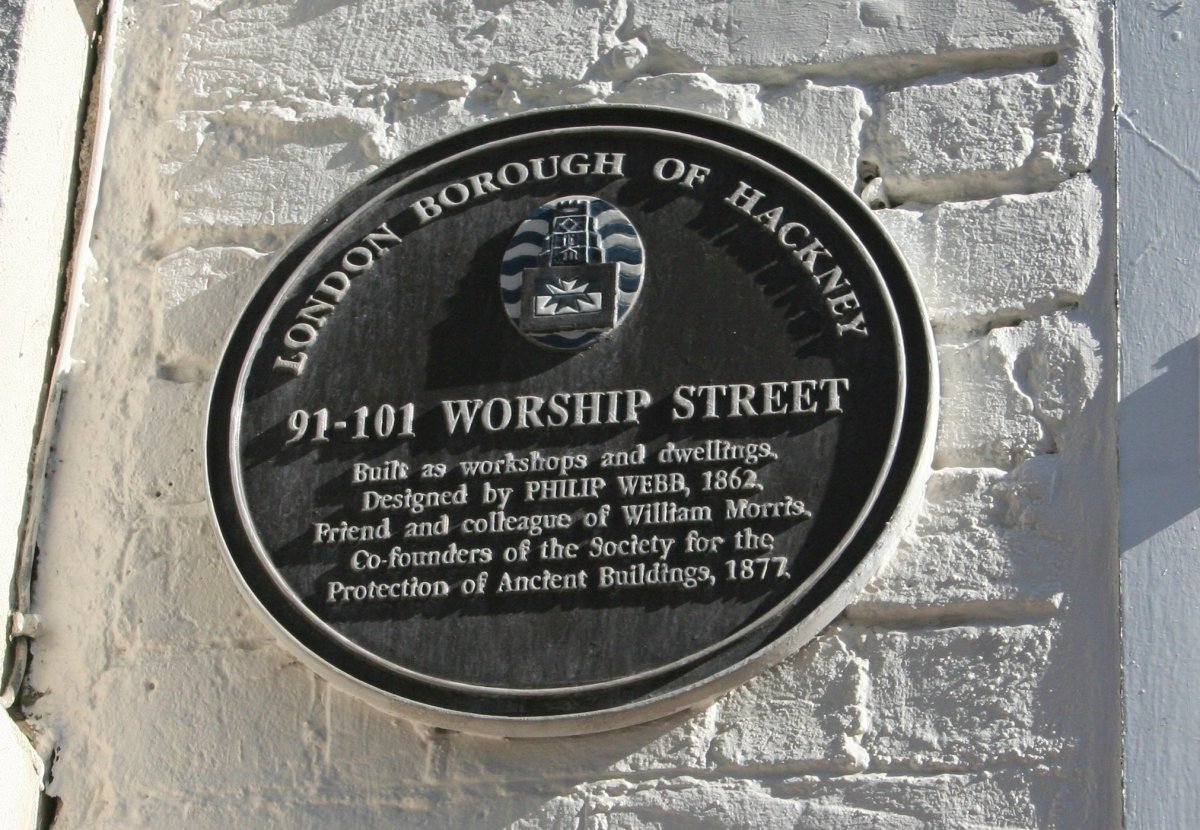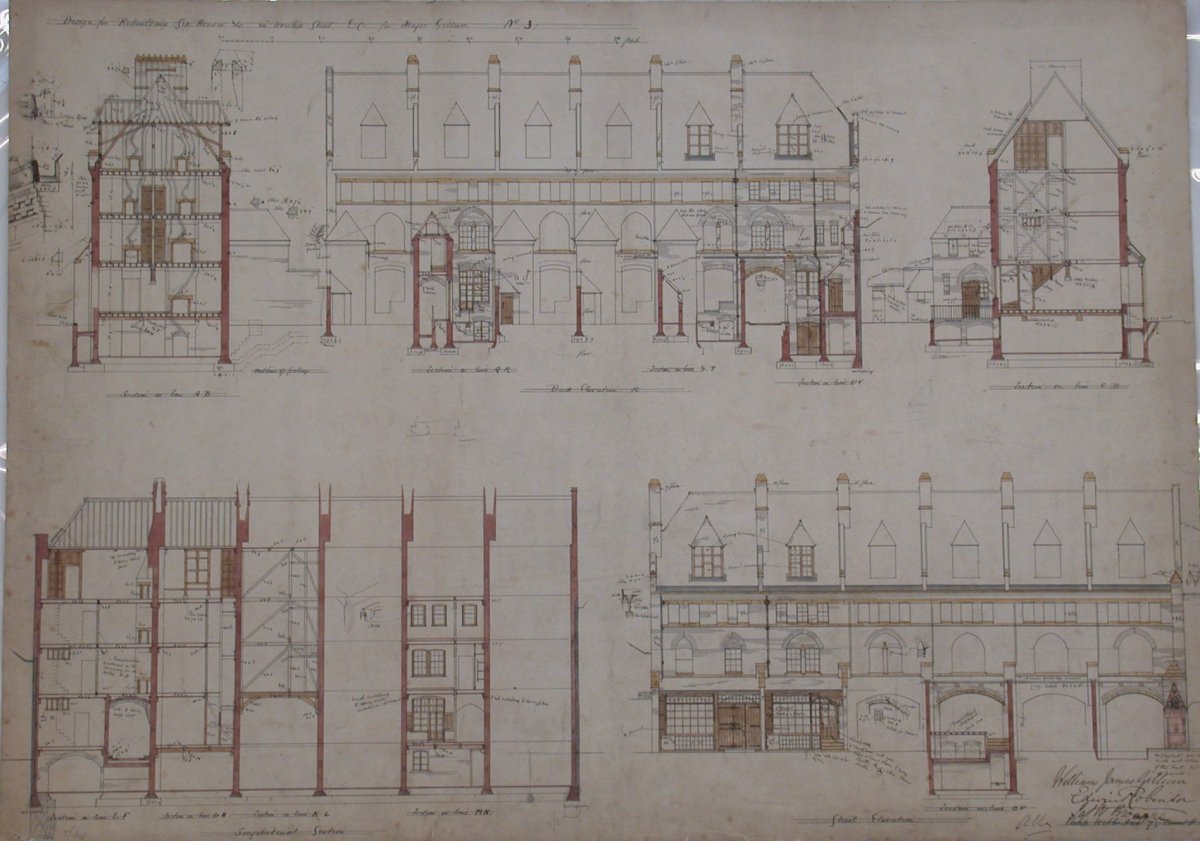Architect Gordon Shrigley looks to SPAB co-founder Philip Webb for inspiration
Since March many aspects of our lives have changed, from the way we shop, socialise, get married and even how we say goodbye to those who have sadly passed. For the foreseeable future, we need to think of new ways of living under the cloud of Covid-19, without giving up what’s important to us; our family, friends and how we earn a living. But how can we earn a living during a pandemic?
The answer appears to be ‘homeworking’ as the Office for National Statistics reported that during April, nearly 57% of Londoners did just that. Homeworking is certainly not suitable for all, but for computer-based jobs and small-scale handcrafts, this seems best.
Many of us though, live in very small homes with little extra space. How is it possible then to make space for homeworking in such conditions and what is the best way to do this?
The Work Home research project (theworkhome.com), based at London Metropolitan University, have been pondering such questions for some time and chart on their website the long history of homeworking and also a pattern book full of ideas of how you can cheaply convert parts of your home to a place of work.
We also need to consider how we can design new homes to encourage homeworking.
A good historic example is the Grade II terrace of artisan houses and workshops at 91-101 Worship Street, Shoreditch, designed in 1862 by the lifelong socialist and architect Philip Webb, who also designed for the artist and poet William Morris, the famous Arts and Crafts building, Red House in Bexleyheath.

In the spirit of the tenets of the Arts and Crafts movement (to prioritise skilled handcrafts over industrial mass production), 91-101 Worship Street was designed to allow people to live and work in one place to keep costs down, and to also foster communality and self-help between the craft workers.
Each of the houses Webb designed includes a naturally lit basement workshop, a shop to sell the crafts produced and a three-storey dwelling above. The design of the terrace also harks back to a time of handmade building crafts, as the façade has been designed in the ‘vernacular’, a style which incorporates regional architectural building traditions and materials, such as the use of handmade clay plain roof tiles, more associated with rural counties such as Sussex than central London.
The design of the principal elevation also includes a unique mix of monumental and domestic elements. As although the pitched roof for example, has been set at a sharp angle to overemphasise the height of the terrace, the shop facades are more intimate in scale, as each shop front is projected forward from the façade, so as to create a less formal experience. It is in this manner that Webb is able to create a building that includes references to both the tradition of grand architecture and also to the everyday style of the local builder.

With so many new apartment blocks fast appearing around Hackney though, could these be designed to include work places too? The current planning guidelines require that all new apartments have ‘amenity space’, usually in the form of a balcony. Perhaps these guidelines now need to be amended to require that all balconies built in the future should be designed to be easily enclosed too, if a homeworking space is desired. This could be achieved by a series of sliding glazed panels, easily transforming an open balcony into a semi-enclosed space, similar to a winter garden.
Homeworking is certainly a growing trend and here to stay. The question is, how will architects, Local Authorities and developers respond creatively to this urgent need now?
Gordon Shrigley, architect. This article first appeared in the Hackney Gazette.
Image of 91-101 Worship St, London via geograph by Julian Osley CC BY-SA 2.0

